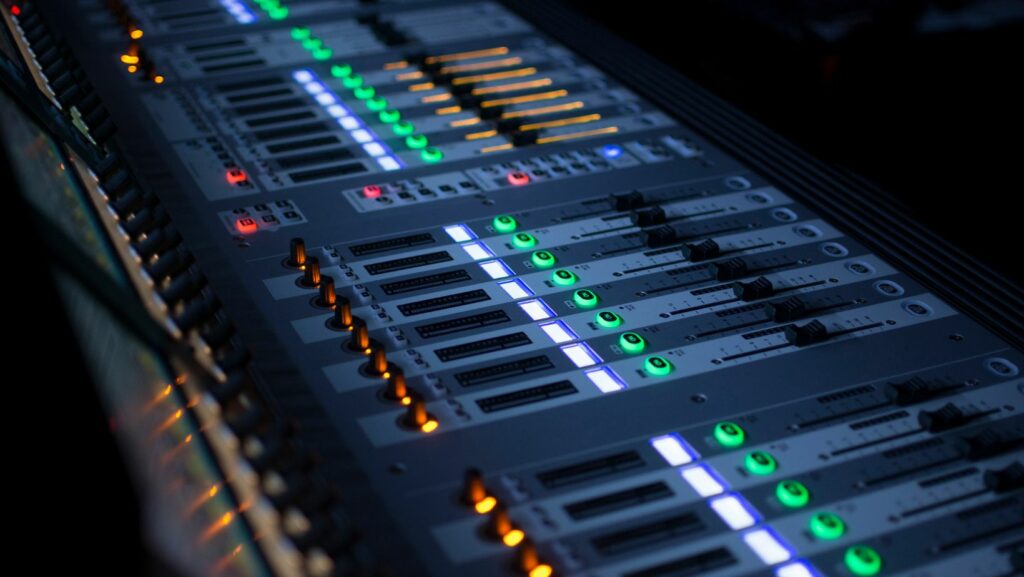In the vast world of audio production, sound effects play a pivotal role in shaping the listener’s experience. Among these, the “e sound effect” has carved out a unique space, captivating audiences with its distinct auditory appeal. This sound effect, often subtle yet powerful, can transform ordinary content into something memorable and engaging.
Sound designers and producers have long harnessed the “e sound effect” to evoke emotions, enhance storytelling, and create immersive environments. Whether it’s used in film, video games, or podcasts, this particular sound effect can significantly influence the mood and tone of a piece. As digital media continues to evolve, understanding and effectively utilizing the “e sound effect” has become essential for creators aiming to captivate their audience.
By delving into the nuances of the “e sound effect,” creators can unlock new dimensions of creativity and impact, ensuring their work resonates with listeners on a deeper level.
E Sound Effect

The “e sound effect” is a powerful tool in audio production, celebrated for its versatility and ability to immerse listeners in various emotional landscapes. Unlike other sound effects, the “e sound effect” can evoke a range of feelings—from tension to comfort—making it invaluable in both audio and visual storytelling. When used thoughtfully, it enhances narratives, adding depth and resonance to the overall experience.
In film, directors strategically employ the “e sound effect” to accentuate key moments, deepening audience engagement. For example, during a climactic scene, the effect can amplify emotions, making the experience more impactful. Similarly, in video games, this sound effect enhances realism, drawing players further into the digital world by providing auditory cues that enrich gameplay. Podcast producers also leverage the “e sound effect” to maintain listener interest and create dynamic transitions between segments.
Effective use of the “e sound effect” hinges on an understanding of pitch, duration, and context. Sound designers often experiment with variations to achieve the right balance, ensuring the sound complements the overall production rather than overwhelming it. This mastery transforms mundane audio tracks into compelling stories, enabling creators to push boundaries and innovate.
History of the E Sound Effect

The “e sound effect” has a rich history that traces back to early radio broadcasts, where it was employed to captivate audiences and enhance storytelling. As sound design evolved, its application expanded into film and television, where sound designers recognized its emotional power. The 1980s marked a turning point, as video game developers began integrating the “e sound effect” to create immersive experiences, adding depth to game worlds and enriching player interaction.
The digital age has further transformed the use of this sound effect. Advances in software allow creators to manipulate and customize the “e sound effect” with precision, facilitating innovative applications in diverse media, including podcasts and virtual reality. Today, the “e sound effect” remains essential across platforms, reflecting technological progress and audience expectations.
Impact on Modern Media
In modern media, the “e sound effect” significantly enhances storytelling and emotional engagement. In films, it underscores pivotal moments, enriching climactic scenes to amplify suspense or relief. In video games, it adds realism, helping bridge the gap between players and digital environments. Auditory cues grounded in the “e sound effect” enhance user immersion and maintain engagement.
Podcasts also benefit, as producers use the effect for smoother transitions and to highlight narrative elements, retaining listener attention and enriching the storytelling experience. Technological advancements allow for precise manipulation of this sound effect, making it adaptable across platforms, particularly in virtual reality, where immersive soundscapes are vital.
Applications of the E Sound Effect

The “e sound effect” finds diverse applications in various media. In film, it enhances critical moments, evoking emotions like suspense and relief, while in video games, it fosters immersive audio environments that deepen player experience. Podcasts use it to create seamless transitions and emphasize narrative points, enhancing relatability.
In television, the sound effect punctuates dramatic scenes, guiding viewer perception and aligning emotional tones with on-screen action. Musicians also experiment with the “e sound effect” to add layers to their compositions, transforming conventional tracks into innovative pieces. Additionally, in virtual reality, the sound effect simulates authentic environments, enhancing user presence.
Techniques for Creating the E Sound Effect
Creating the “e sound effect” involves technical skill and creative intuition. Sound designers experiment with various pitches and durations to find an ideal balance that fits the narrative.
Advanced audio software is utilized to manipulate and layer sounds, ensuring alignment with the desired emotional tone. Contextual understanding is essential, as it influences audience perception. By mastering these techniques, creators can craft compelling audio experiences that elevate storytelling and captivate listeners.

